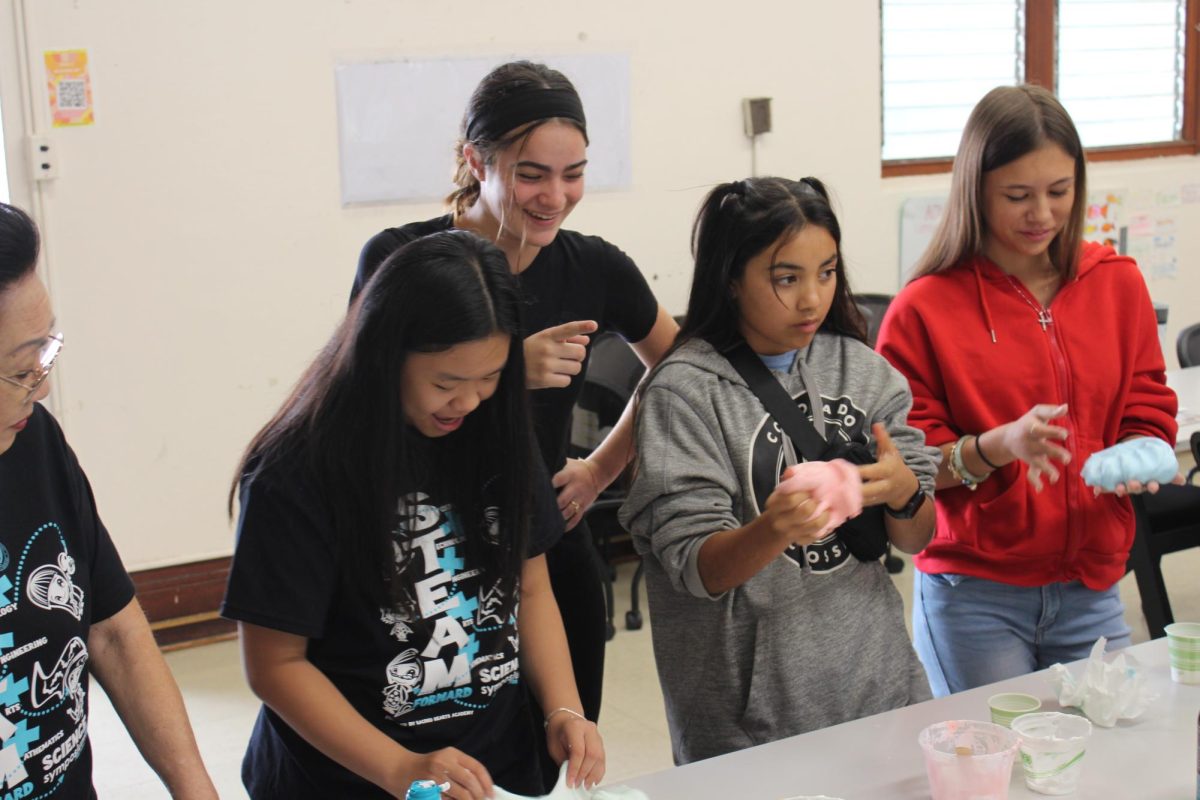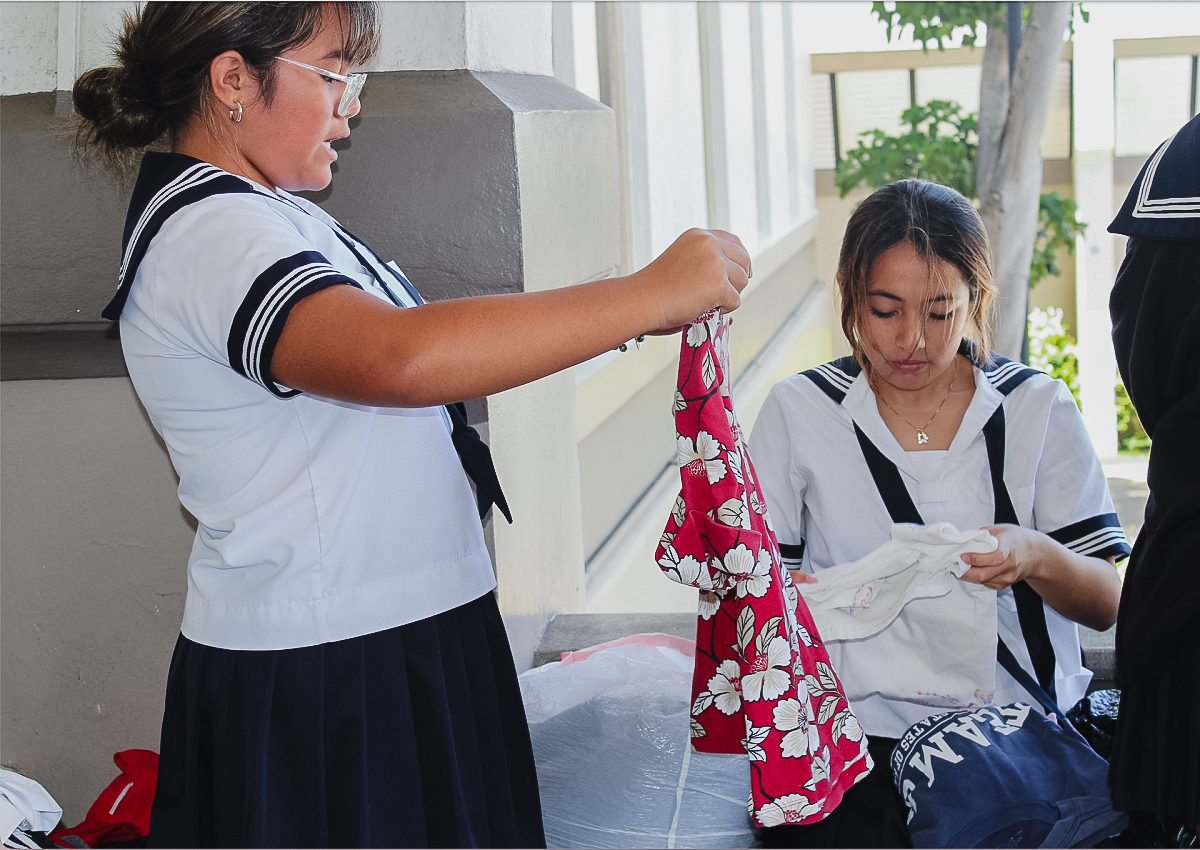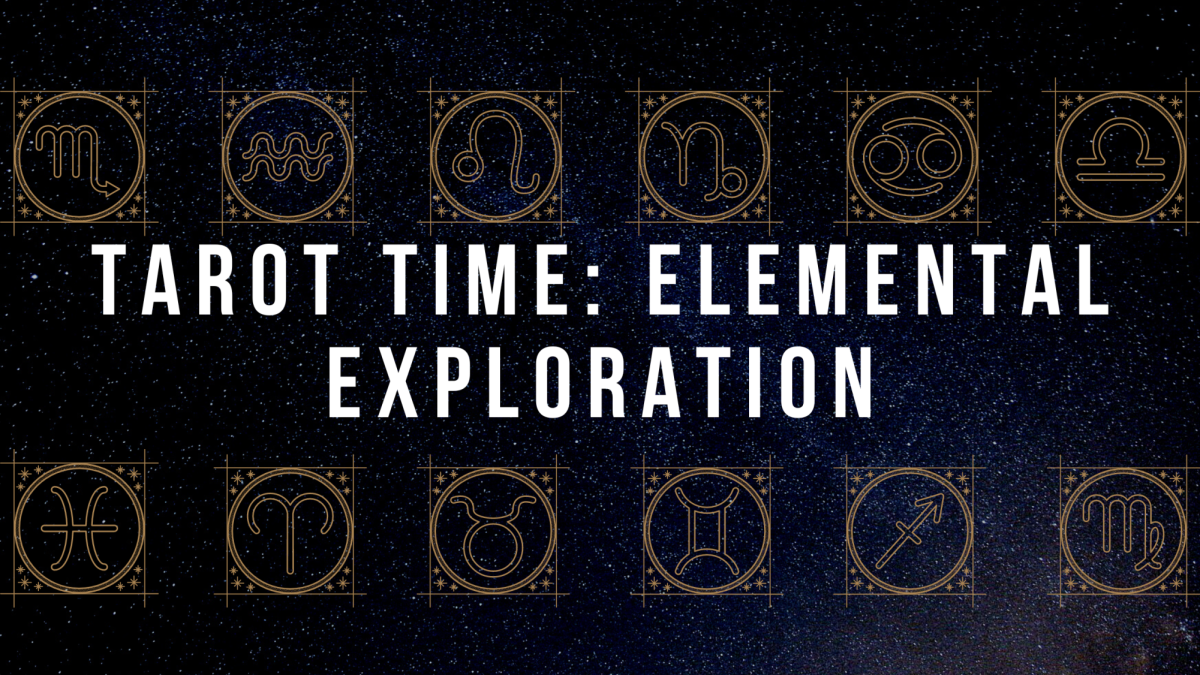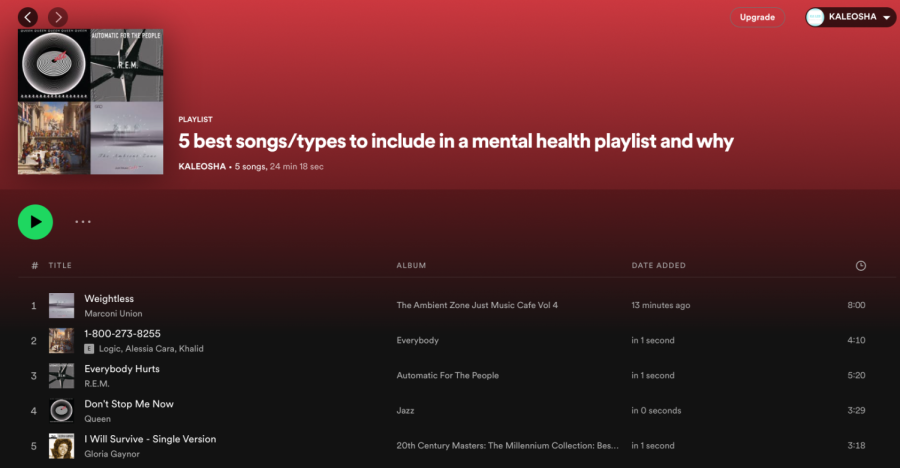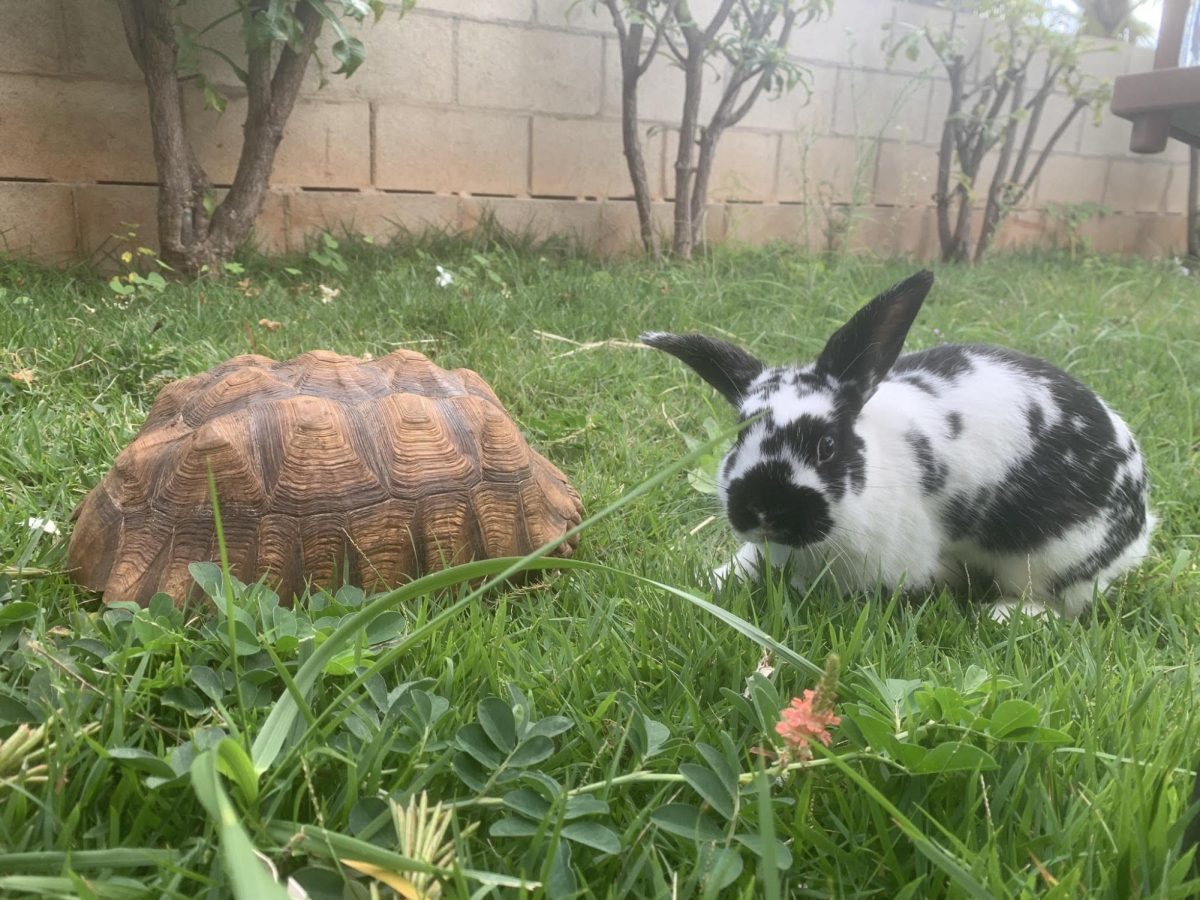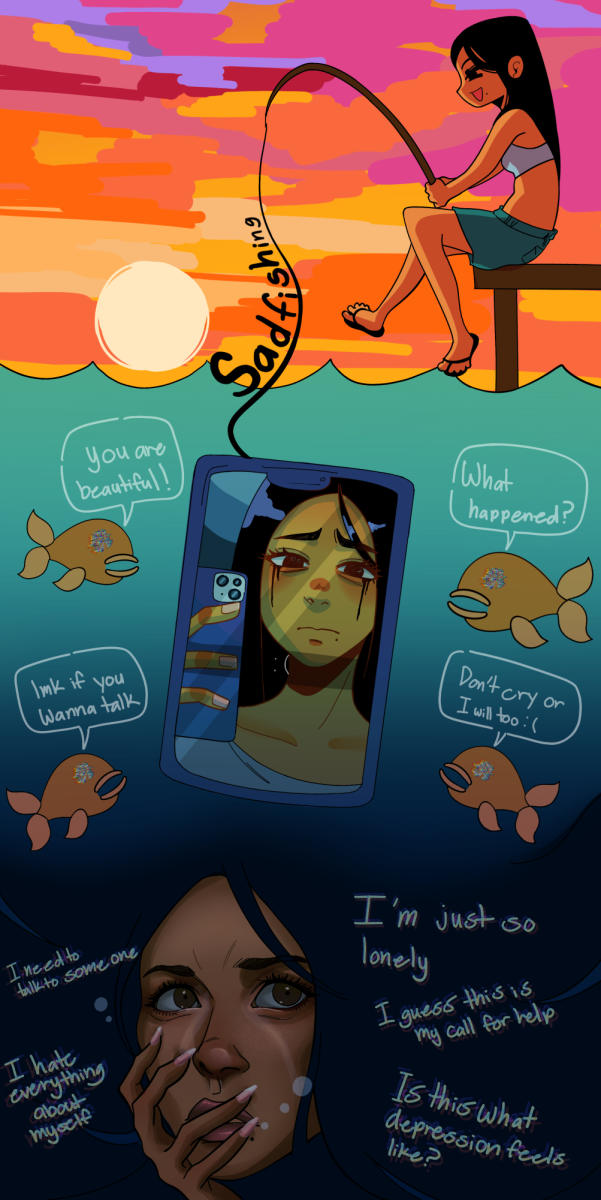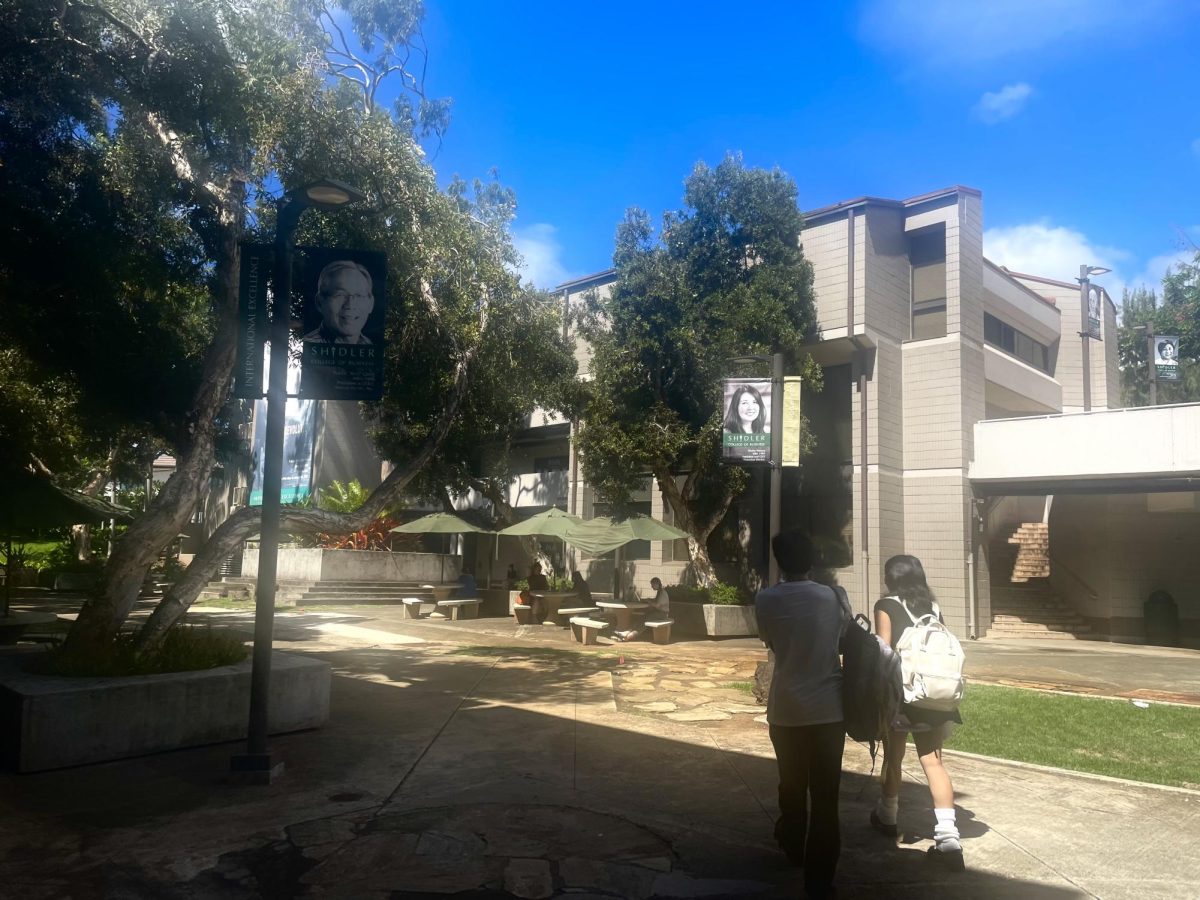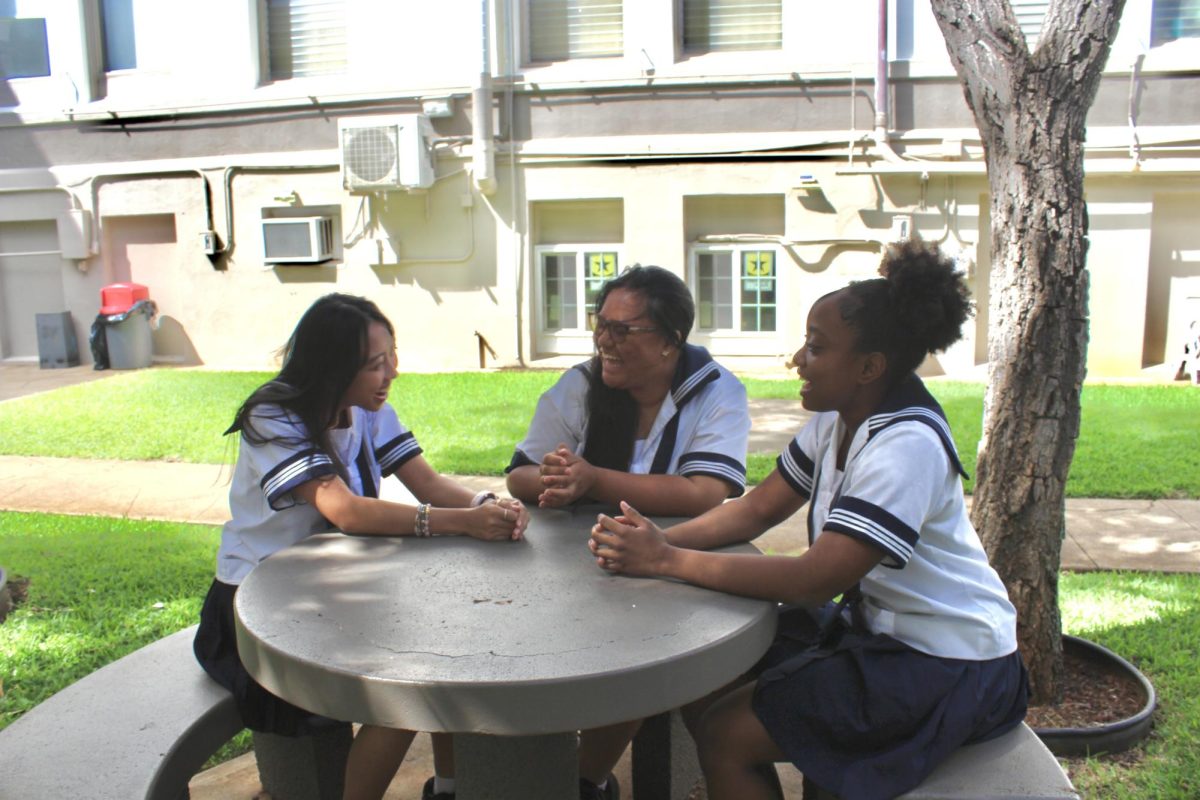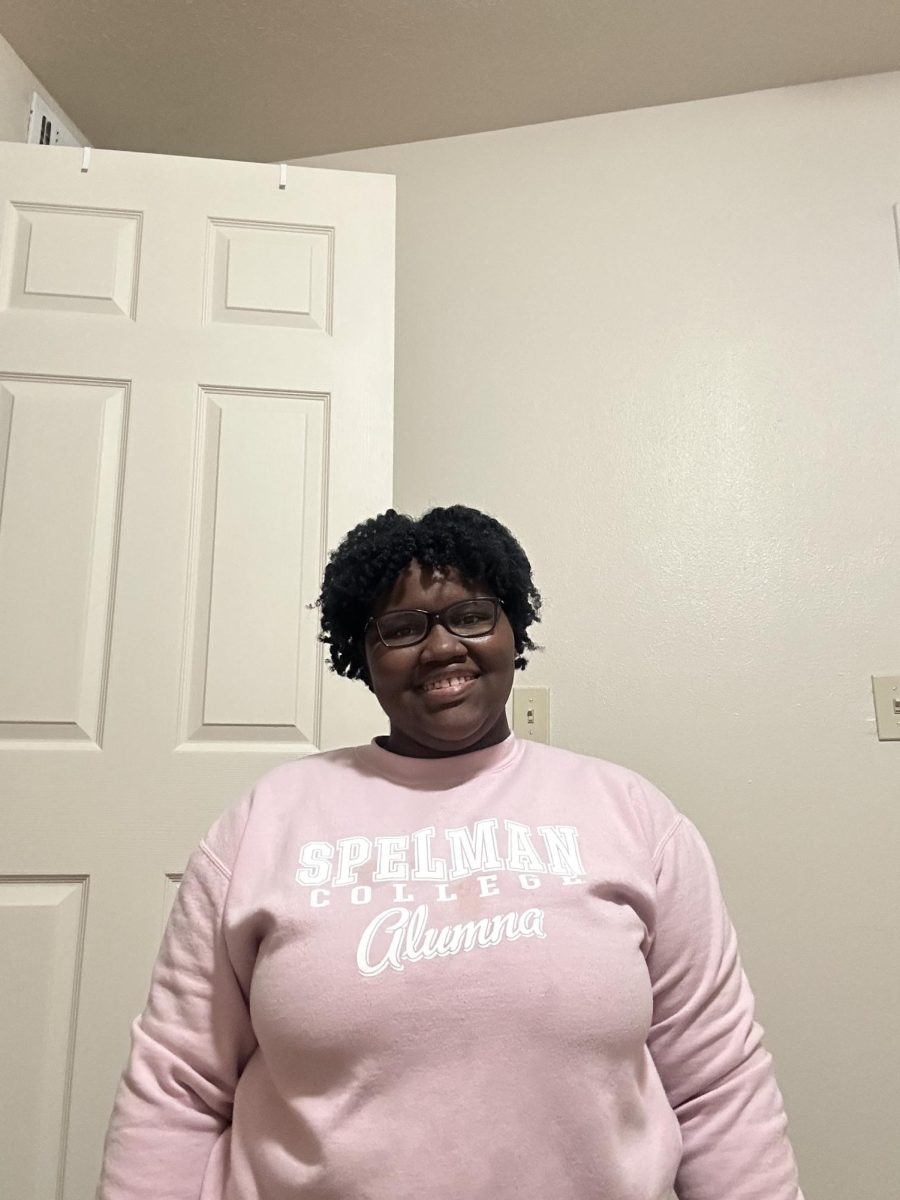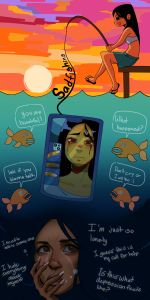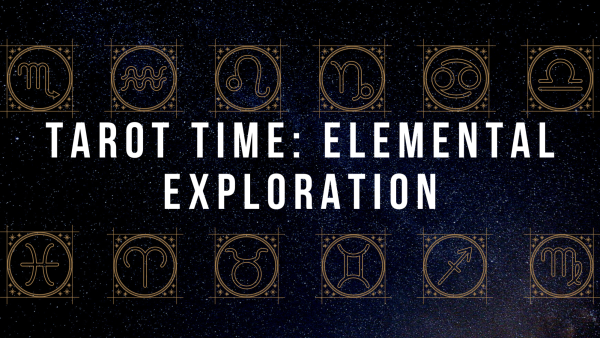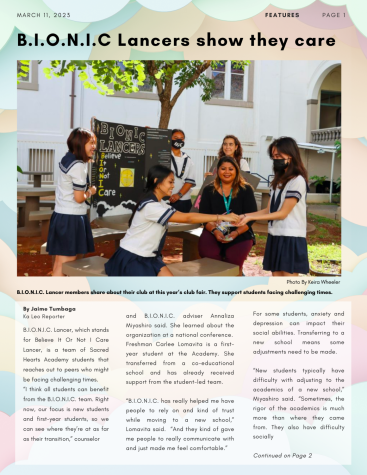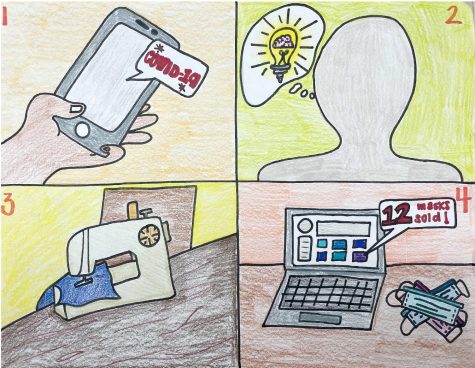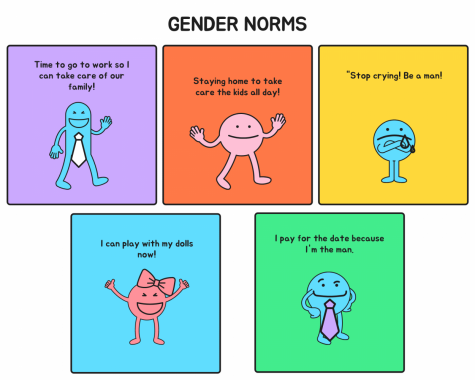Clothing choices influence viewers’ perception
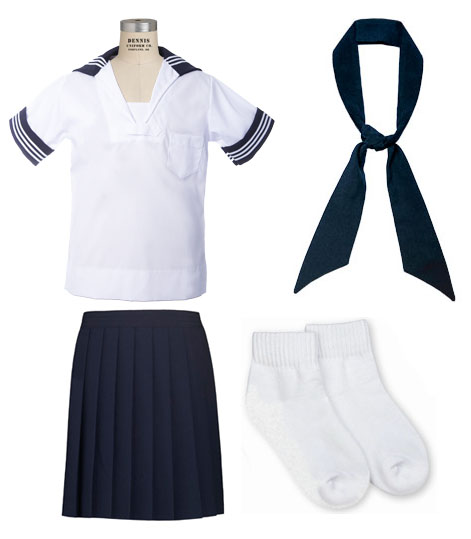

Photo credit: DENNIS School Uniforms.
December 2, 2014
In the last few decades, the fashion world has changed drastically. Long gone are those tea-length dresses and modest necklines. The new, more revealing fads are worn by many, including pre-teens and teens. A certain amount of modesty, however, is still necessary for all ages in social and professional realms.
Since clothing is one of the first things we see, it is important that appearance reflects the person in a positive manner.
Women who wear short, tightly-fitted or revealing clothing are often stereotyped as being less intelligent or of loose morals while those who dress conservatively are seen as more respectable. This may not always be true, but it is what people see.
Sometimes dress codes may be imposed at school or work in order to prevent distractions or to maintain a certain image.
In schools with uniform policies, the object is often to reduce social competition among students, lessen the difference between the haves and have-nots and provide an equal basis for all students without the distraction of trendy clothes. Dress codes often eliminate superficial differences in dress to allow focus on more serious matters. Often dress codes are conservative, if simple.
In professional situations, more refined, conservative clothing hints at competence and expertise. Risqué outfits may lead to a negative reputation not only for the individual but also for the organization as a whole. Such conservatism often restricts accessories or tattoos and piercings.
Even casually, those who dress modestly are perceived in more positive ways.
People who sport conservative apparel come across as friendly and well put together overall. Those who dress more outrageously may seem less approachable and more intimidating.
Revealing clothing gives the impression of a lack of modesty. While this may be an incorrect assumption, clothing often reveals more of ourselves to others than we know.


